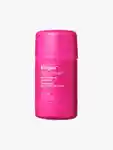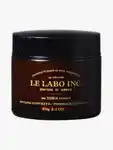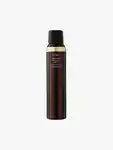
Gels, Mousses & Waxes
Never go out of style!
53 results
53 results
Sort by
Mini






Refillable
Refillable
Related Categories
- 149
- 70
- 140
- 232
- 26
- 376
- 55
- 150
- 86
Hair Gels, Mousses & Waxes
Whether it’s an artful sleek bun, wet-look hair or a gravity-defying editorial look, there are some styles that require a little helping hand. Enlist our range of hair gel, mousse and wax products to achieve an effortlessly styled look that lasts all day. From styling gel that gives good gloss to fluffy hair mousse that holds without weighing your strands down, there’s a styling solution for every occasion. Wax on, wax off with our range from the best in hair styling.

